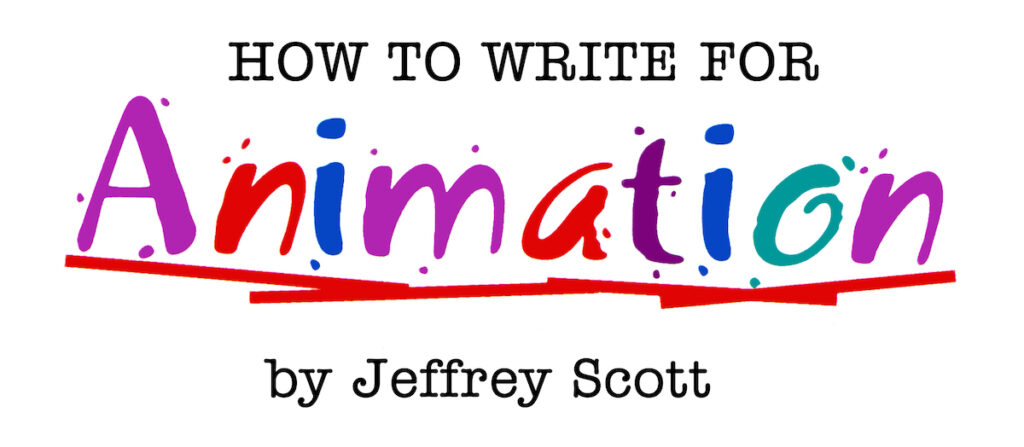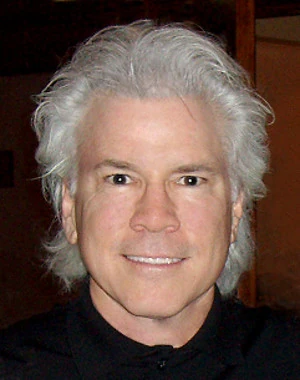
Pacing is the speed at which a scene or story plays out. You could also call it the “energy level” of a scene or script. It has a lot to do with how well your story is received by the audience, and a lot to do with good dramatics, emotions, and gags.
Pacing varies depending on what you are writing. For educational cartoon, your pacing should be slow. If it’s too fast, the information you are communicating to kids may not be received and understood. However, a car chase with the cars moving at 25 miles per hour would actually be a comedy. Thus, for action scenes, the pacing should be faster. The pacing of comedy is a mixture. It’s generally fast, especially for visual gags. There is often a lull before a gag to set up the anticipation. And there is often a lull after a gag for character reactions (which can be as funny as the gag). The pacing of comedy is the most difficult and critical of all. This is especially true for the animation director. I’ve seen dozens of gags that work great on paper but totally fail on the screen because the animation was directed too fast and there was not enough time to fully get the humour, or even have time to laugh. Finally, suspense has very slow pacing, thus dragging out the tension of the scene.
The pacing of a script is greatly affected by the number of words used. The more words you use, the more it will slow down the pacing of the script, at least with respect to the reading of it (which is vitally important in terms of selling your script). As a rule, if you can describe something with fewer words, do so.
Here are examples of identical pieces of action, one twice as long as the other:
Sam leaps fast off the building’s roof, slapping leather as he rapidly draws his Colts. He plummets through the air, firing off several quick shots which blow down the bandits before he finally lands on the dusty street.
That was 38 words. Now see how it reads with 19:
Sam leaps off the roof, drawing his Colts, dropping the bandits in rapid succession before landing on the street.
The same action was described in both. In the first example, I added several “action adjectives” which one might think would give the impression of speed or excitement to the description. In fact, what gives the greatest feeling of speed to the scene is being able to read it in half the time. So try to use as few words as you can to describe what you want the reader to see. But use enough so that they can see it!
Another thing that can happen if you use too many words to describe your scene is that your script can actually come out short. Using too many words will make your scenes appear to be longer, while the extra words, in fact, don’t take up any more screen time. The above scene is only about three seconds long. The last thing you want when you turn in a script is to have the story editor tell you to go back and add more pages to bring it to length.
Animation pacing is generally fast. This is true for action like Batman, squash-and-stretch antics like Bugs Bunny, and even sitcoms like The Simpsons, with their rapid-fire jokes.
A simple rule to remember about pacing is to make sure that the pacing of your script is as fast as it can be without detracting from what you are trying to communicate.
Cutting is a part of pacing. A cut is the transition from one visual angle or perspective to the next. How you choose to cut from one scene to another, one angle to another, or from one character to another, affects the pacing of the script. Each slug line and shot you call out indicates a cut of some kind, regardless of whether or not you use the words CUT TO. The number of cuts (shots) you use creates a rhythm, like a drummer pounding his bass drum. Too many cuts would be totally wrong for a quiet dialogue scene, while in an action sequence, it would create a fast-paced, heart-pounding moment.
©Jeffrey Scott, All Rights Reserved
Jeffrey Scott has written over 700 animated and live-action TV and film scripts for Sony, Warner Bros., Disney, Marvel, Universal, Paramount, Columbia, Big Animation, Hanna-Barbera and others. His writing has been honored with three Emmys and the Humanitas Prize. He is author of the acclaimed book, How to Write for Animation. To work with Jeffrey visit his website at www.JeffreyScott.tv.
Read other articles from this series:
#1 The difference between live-action and animation writing
#3 It all begins with a premise
#4 The secret to developing your story
#5 Finding the scenes that MUST be there
#7 How to easily transform your outline into script
#8 A brief introduction to script writing
#9 How long should your scenes be?
#10 How to (and NOT to) edit your writing


